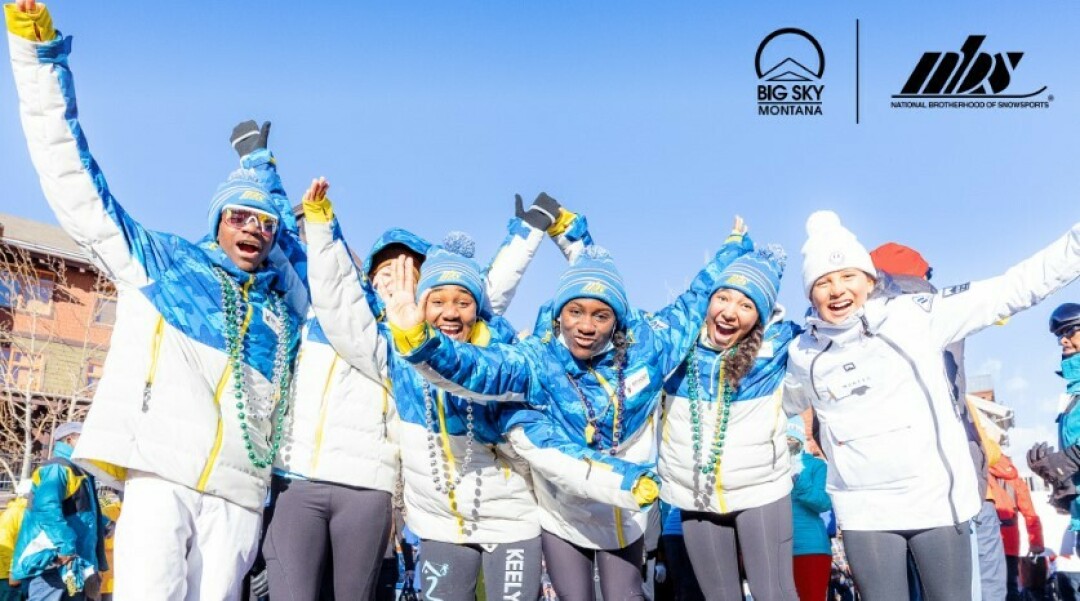
Medicare Part B Defined
Medicare Part B is a premium-based program that can pay for certain services. To qualify, a person must be 65 years old and be eligible for Social Security benefits. In most cases, you must be a U.S. resident. However, exceptions can be made for those coming into the United States who have established permanent residence after living for 5 consecutive years after applying for the program. In some cases, you can qualify if you receive disability benefits under Social Security or SSI.
To be enrolled, you must receive Social Security benefits for a minimum of 4 months and receive Medicare Part A. Part B is voluntary, but it requires a monthly premium to stay active. Monthly premiums are income-based and require consistent payment to remain eligible.
Part B offers free services to those who qualify. The secret is to find a doctor or specialist who is willing to participate in the program. Some doctors only accept payments from private insurers, but others will accept Part B coverage. A list of doctors can be found on Medicare's official site. You can search by specialty and location.
How Much Does Part B Cost?
The current premium for Medicare Part B is $164.90 per month, but it is subjected to change at any time. This change could happen as an individual's monthly income fluctuates. The more you make, the more you might need to pay for your coverage.
Payment works like this: Your monthly premium is automatically deducted from your Social Security, so you don't need to worry about sending it in by mail. Plus, you can opt for a supplemental plan if you decide you need additional coverage.
What Does Part B Cover?
Medicare Part B covers two types of services:
● Medically necessary services: These services encompass a broad range, from diagnostic screenings to treatments for a specific condition. These must fall under the category of conventional, evidence based practices.
● Preventive care: These include annual screenings for diseases such as cancer. This also includes flu tests and vaccines, as well
as FDA approved Covid tests.
Examples of Services Covered Under Part B
Part B covers a broad range of vital services, from emergency ambulatory care to routine blood work. Additional services covered by Part B include:
● Ambulance care
● Blood work
● Colorectal cancer screenings
● Mammogram screenings
● Cardiovascular screenings
● Certain vaccines such as flu shots
However, Part B will not cover for other services. Eye exams, glasses, routine dental care, dentures, and routine physicals must be paid for by you or another provider. Other services such as routine foot care and cosmetic surgery are also excluded from Part B coverage.
What Factors Impact Coverage?
Part B benefits are influenced by three major factors:
● Federal and local laws
● Major decisions regarding coverage made by Medicare
● Coverage decisions made by private companies who process Medicare claims.
For example, federal and state laws may decide which services to keep, what to add, and what should be cut. Private claims processors may reject coverage under Part B if it's been determined that a specific treatment or service isn't medically necessary, as in the case of routine dental and eye care.
Frequently Asked Questions
1. Are mental health services covered under Part B?
Part B covers mental health services. Inpatient coverage includes doctor's services during your stay. Treatments from other providers are also eligible. Plus, you pay nothing for your first 60 days. However, an extended stay of 61-90 days requires a copayment of $400 per day. After 90 days, an $800 copayment is required, and anything beyond requires full expenses paid out of pocket.
Outpatient mental health services covered by Part B include professionally led individual and group psychotherapy, diagnostic testing, and limited prescription coverage as allowed by state law. Annual wellness checkups are also included in the plan.
2. What about adaptive or medical equipment?
Adaptive or durable medical equipment (DME) is any type of device that improves quality of life for those who live with a chronic or preexisting condition. All supplies must be prescribed by your doctor for home use.
Your Part B plan should accept claims for any adaptive equipment you may need. Canes, lifts, wheelchairs, scooters, and walkers are included with your Part B benefits. Glucose monitors, nebulizer treatment supplies, and glucose test strips also make the list. Your doctor and medical supply company must be registered under Medicare for you to qualify.
3. What are the guidelines for Medicare deductibles?
Costs that you pay before services are covered by insurance are known as deductibles. Medicare beneficiaries who receive Part B may be billed if they fail to meet an annual deductible. Hospital claims under Part A may also be denied until the deductible is paid in full.
4. If I need transportation to an appointment, will my plan pay for it?
If you need help making it to appointments or treatment clinics, Part B may be able to help. Transportation by van, bus, or taxi must be ordered by your doctor and can only be used for medical appointments. Certain legal restrictions may apply.
5. Do my Part B benefits include clinical trials and research studies?
New treatments and medications that are being introduced require clinical research participation for testing. Each trial asks participants to join to help test new drugs or therapies for safety, efficacy, and efficiency. Hospital stay is usually required for observation.
Part B may cover some of the costs for diagnostic testing, medication, and other procedures. Overnight hospital stays should be covered under Part A, but if you don't qualify, you may want to look into a supplemental plan. Otherwise, get ready to pay for additional fees.
It is strongly advised that you check with your doctor before you embark on a clinical trial. Be wary of any risks involved, including anything that might interfere with any medication you're currently taking. Do some research on what the study entails and consider the pros and cons.






News Comments
https://www.dumpsmate.com/SY0-701-exam.html
Future-Proofing Your IT Security Career with the CompTIA SY0-701 Exam
dawnknight
Monday, May. 13, 2024
The article adeptly showcases the CompTIA SY0-701 exam's pivotal role in fortifying IT professionals' cybersecurity careers amidst evolving threats, emphasizing its global recognition and validation ...
Future-Proofing Your IT Security Career with the CompTIA SY0-701 Exam
dawnknight
Monday, May. 13, 2024
This is so typical of a sign in, which we should not have to do to check if we or some one in our party got a permit. I have been working or "creating an account" for 30 minutes and just get the same ...
Smith River permit drawing results available
Sunday, Mar. 10, 2024
I have struggled with this podcast and my own participation therein, the event itself obviously traumatic, but beyond that my inability to reach anyone and convey anything resembling truth. The person ...
Billings, MT Case Becomes True Crime Podcast | 'An Absurd Result'
Marktokarski
Saturday, Jan. 20, 2024